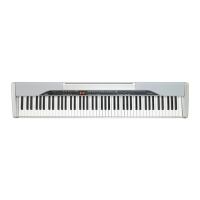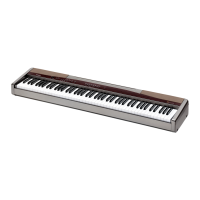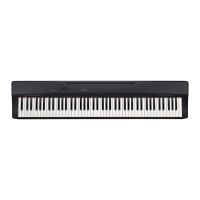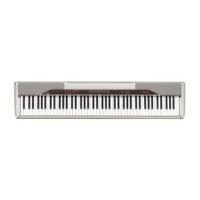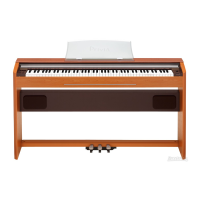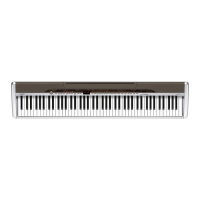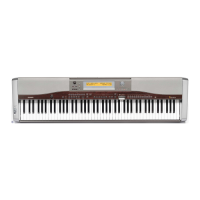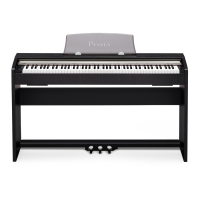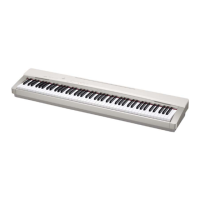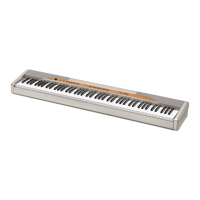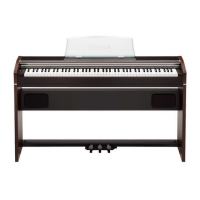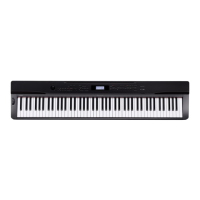What to do if my Casio Privia PX-310 produces no sound?
- AAmy WrightJul 25, 2025
If no sound comes from your Casio Electronic Keyboard when you press the keys, first, ensure that the VOLUME knob isn't set to MIN; adjust it towards MAX. Also, check if headphones are connected and disconnect them. Verify that Local Control is turned on, and confirm that the accompaniment mode is set to NORMAL.
